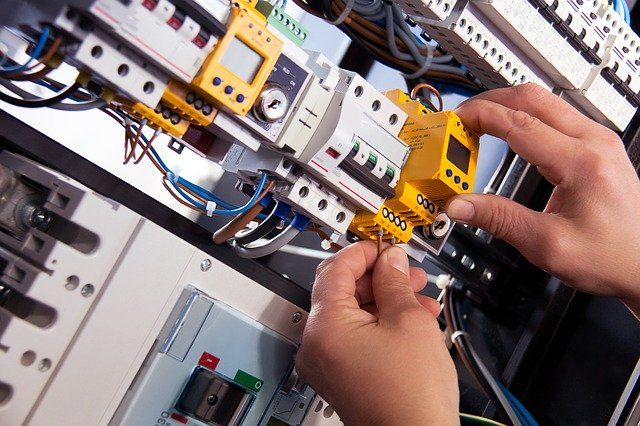Automated Parking Management System for a Government Company in the Middle East
Software and IIOT Hardware system development for an Automated Parking Management & Fee Deduction System for a Government Company in the Middle East


Automated Parking Management System for a Government Company in the Middle East
Client and Location
A government waste water discharge facility in the Middle East.
Problem/Requirement
The project was a combination of software development and hardware integration which required high availability (zero downtime) and scalability.
In the region, waste water is collected by tankers and discharged at a government facility.
The public can order a waste water collection service from tanker through a mobile application. The tanker will get notification and reach the user location and pick up the waste water.
Once the tanker reaches the discharge facility, the automated systems has to check the tanker licenses and registration (work permit) validity and allow entry.
Samples of water collected will be sent for a pH test and also tests for presence of other non-allowed materials like oil, metal etc.
If all the conditions are passed, the automated system will assign a parking slot to the tanker. Once the tanker exits the premise, an amount will be automatically debited from their wallet.
Tanker owners can top up their wallet balance online.
The system will send out automated reports at certain set intervals.
The web and mobile apps support both English and Arabic languages.
Solution we Implemented and Results
We have developed mobile applications for the public users and tanker drivers. Public users can see the list of tankers around their area and see their reviews, ratings and costs. Tanker drivers will get notifications on their app when a user books their service. Tanker drivers can navigate to the user location and to the discharge facility through the app.
At the discharge facility, the tanker number plate and id are recognized by the automated system. For this we used UHF RFID Reader as the primary mechanism and also ANPR camera as a fallback mechanism. Once the vehicle id is detected, the conditions based on the business rules are checked and the system automatically open the Boom Barrier installed at the gate.
Once the tanker enters the facility, sample from the collected water is taken for pH test. The pH sensors will send data to the software and is added onto the job card. Other tests are also done and the test results are added onto the job card.
The system is integrated to a network of parking sensors to know the status (occupied / vacant) of parking slots at the facility.
If all tests are passed, the system automatically tanker is allocated a parking slot. This is shown to the tanker via notifications in their mobile app and also on LED Sign boards at the facility.
UHF RFID Readers and ANPR cameras are installed at exit gate also. Once the tanker reaches exit gate the system calculates the amount to deduct and also checks for any penalties issue to the tanker. The amount is debited from the tanker wallet.
The tanker drivers can top up their wallet balance through their app or at an intermediary facility provided by the client using supported payment methods.
All the transactions happening in the system and logged and the relevant ones are synced to the ERP system.
The management level users have complete control of the system and the reports provide insights into how the facility is performing. This has improved the efficiency of operations at the client facility.
Technologies Used
- The web applications are developed using React.js
- The mobile applications are developed using Flutter
- The backend APIs and services are developed using Node.js
- MariaDB (along with Vites) is used as the database.
- The services are containerized and deployed in the client datacenter with Kubernetes for managing the containers
Technologies Used

React.js

Flutter

Node.js

MariaDB

Kubernetes


